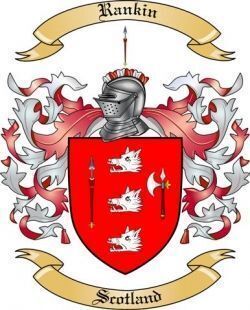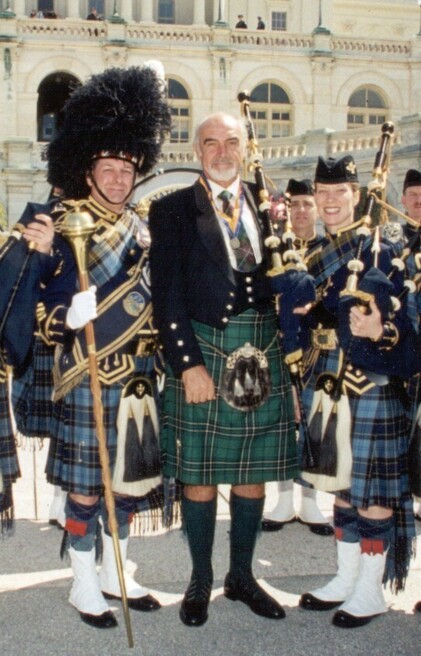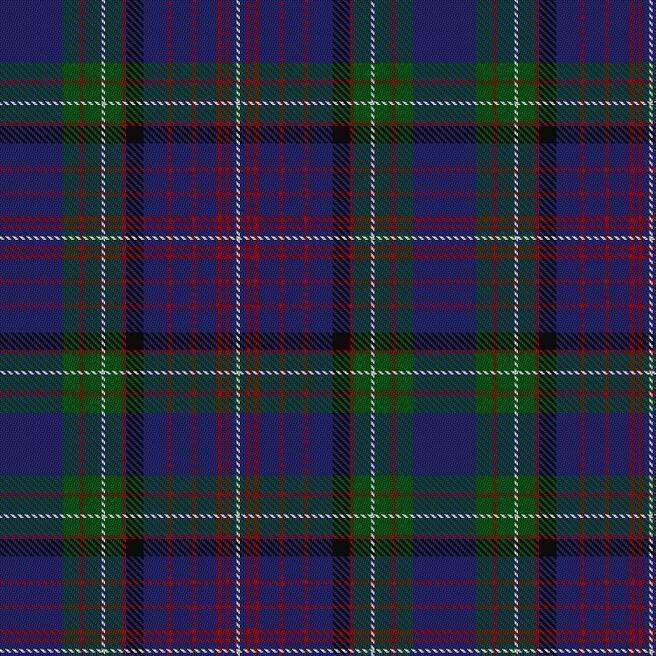This memorial website was created in memory of our Rankin ancestors. We will remember them forever.
Tributes
Leave a tribute
July 7, 2018
July 7, 2018
My mother, Phyllis Rankin Lintz, age 95, passed into glory this morning. She was the oldest child of Sam Hull Rankin, one of the founders of the Rankin reunion and helped dedicate the memorial stone in the cemetery as a seven year old child.
June 29, 2018
June 29, 2018
MOUNT HOREB CHURCH - Founded in 1841
By the time the children of the early pioneers of Dumplin Valley were adults, there were enough people to organize more churches. John Bradshaw had ten children. There were thirty-two children among the Rankin brothers - Thomas (thirteen), Richard (twelve), and Samuel (seven). Hopewell was the first Presbyterian Church in Jefferson County, organized in 1785 in Dandridge, but people wanted a church closer to their homes in Dumplin Valley.
THE FIRST MEETING was in the Mount Horeb log schoolhouse in 1841.
By the time the children of the early pioneers of Dumplin Valley were adults, there were enough people to organize more churches. John Bradshaw had ten children. There were thirty-two children among the Rankin brothers - Thomas (thirteen), Richard (twelve), and Samuel (seven). Hopewell was the first Presbyterian Church in Jefferson County, organized in 1785 in Dandridge, but people wanted a church closer to their homes in Dumplin Valley.
THE FIRST MEETING was in the Mount Horeb log schoolhouse in 1841.
Leave a Tribute
Recent Tributes
July 7, 2018
July 7, 2018
My mother, Phyllis Rankin Lintz, age 95, passed into glory this morning. She was the oldest child of Sam Hull Rankin, one of the founders of the Rankin reunion and helped dedicate the memorial stone in the cemetery as a seven year old child.
June 29, 2018
June 29, 2018
MOUNT HOREB CHURCH - Founded in 1841
By the time the children of the early pioneers of Dumplin Valley were adults, there were enough people to organize more churches. John Bradshaw had ten children. There were thirty-two children among the Rankin brothers - Thomas (thirteen), Richard (twelve), and Samuel (seven). Hopewell was the first Presbyterian Church in Jefferson County, organized in 1785 in Dandridge, but people wanted a church closer to their homes in Dumplin Valley.
THE FIRST MEETING was in the Mount Horeb log schoolhouse in 1841.
By the time the children of the early pioneers of Dumplin Valley were adults, there were enough people to organize more churches. John Bradshaw had ten children. There were thirty-two children among the Rankin brothers - Thomas (thirteen), Richard (twelve), and Samuel (seven). Hopewell was the first Presbyterian Church in Jefferson County, organized in 1785 in Dandridge, but people wanted a church closer to their homes in Dumplin Valley.
THE FIRST MEETING was in the Mount Horeb log schoolhouse in 1841.
Gallery
2023 Rankin Clan Reunion
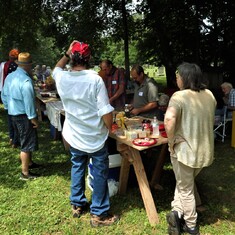

Chris Davis singing Blessed Assurance at the 2023 Rankin Clan Reunion
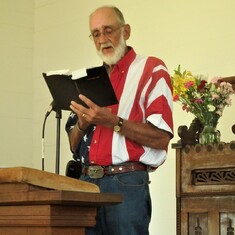

2023 Rankin Clan Reunion
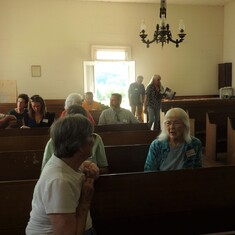

David Rankin and Wayne Rankin at the 2023 Rankin Clan Reunion
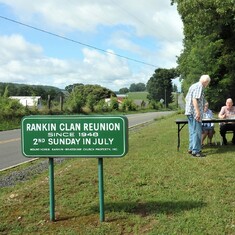

1900c Andrew Johnson Newman family - retouched
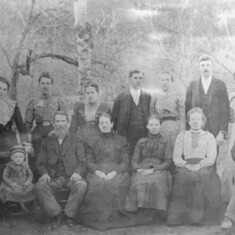

1987 Bob Pennington bagpipper & Roy M. Rankin, Rankin Clan Reunion, Mt. Horeb Church, Dumplin Valley
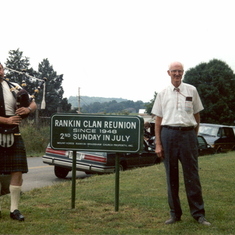

1960c FW Rankin family home-CH Rankin-built 1904 by CH Rankin
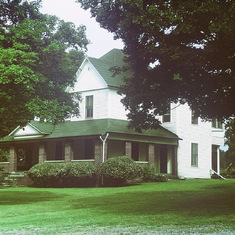

1959-11 TN White Pine-60th Anniv Lula & Frank Rankin with children & spouses-Beulah-Lynn-Earle -Ralp
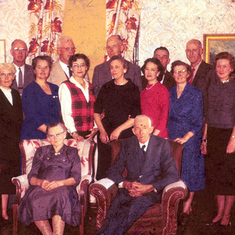

1959-11 TN White Pine-60th Anni-FW & Lula Rankin-Marilyn, Marguerite & Carol, Roy & Nancy & Don Rank
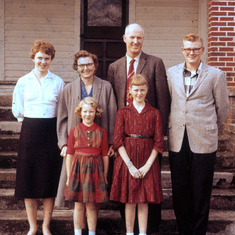

Recent stories
MOUNT HOREB CHURCH - Founded in 1841
July 8, 2018
by Joe McCamish
By the time the children of the early pioneers of Dumplin Valley were adults, there were enough people to organize more churches. John Bradshaw had ten children. There were thirty-two children among the Rankin brothers - Thomas (thirteen), Richard (twelve), and Samuel (seven). Hopewell was the first Presbyterian Church in Jefferson County, organized in 1785 in Dandridge, but people wanted a church closer to their homes in Dumplin Valley.
THE FIRST MEETING was in the Mount Horeb log schoolhouse in 1841.


